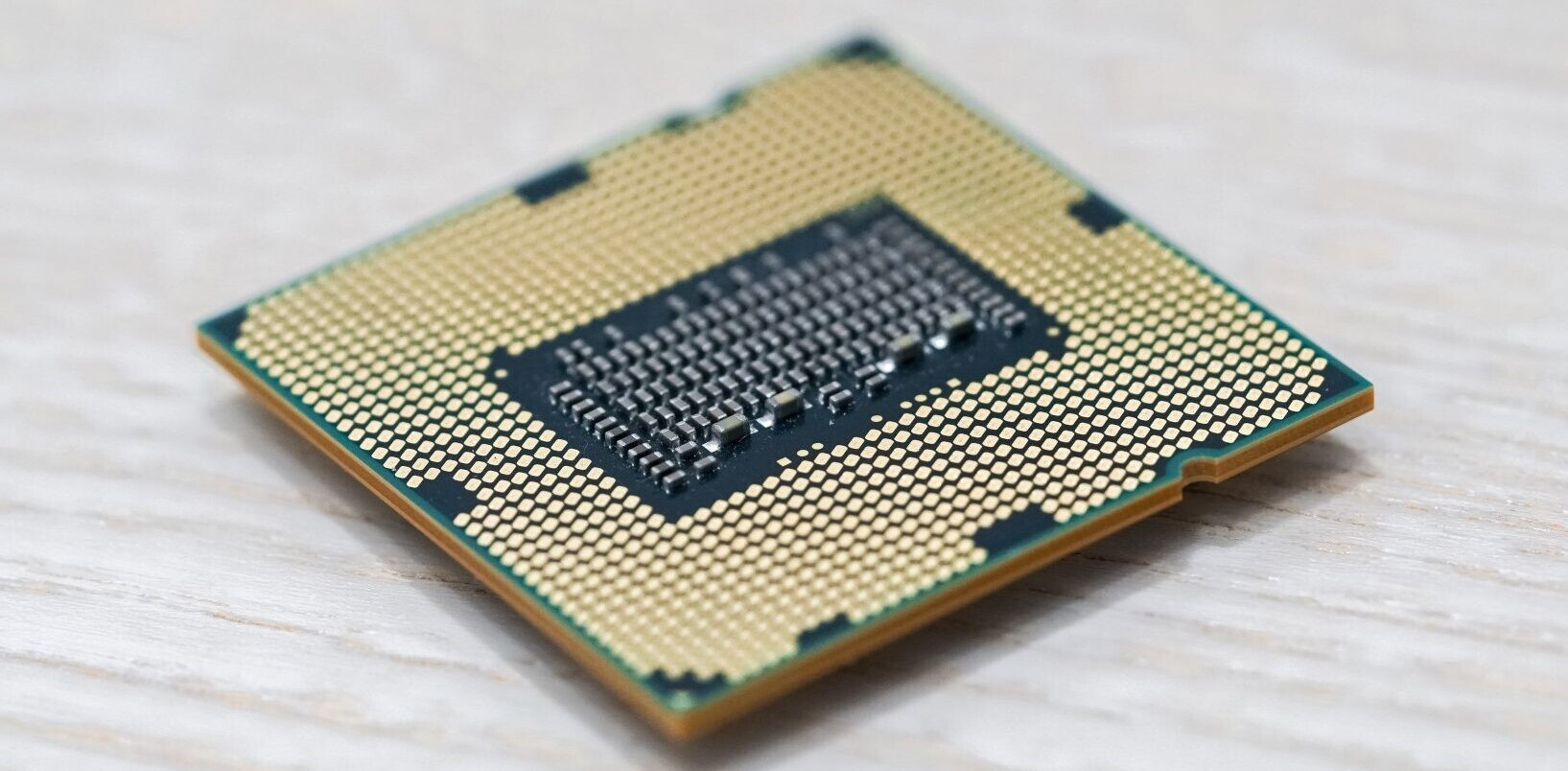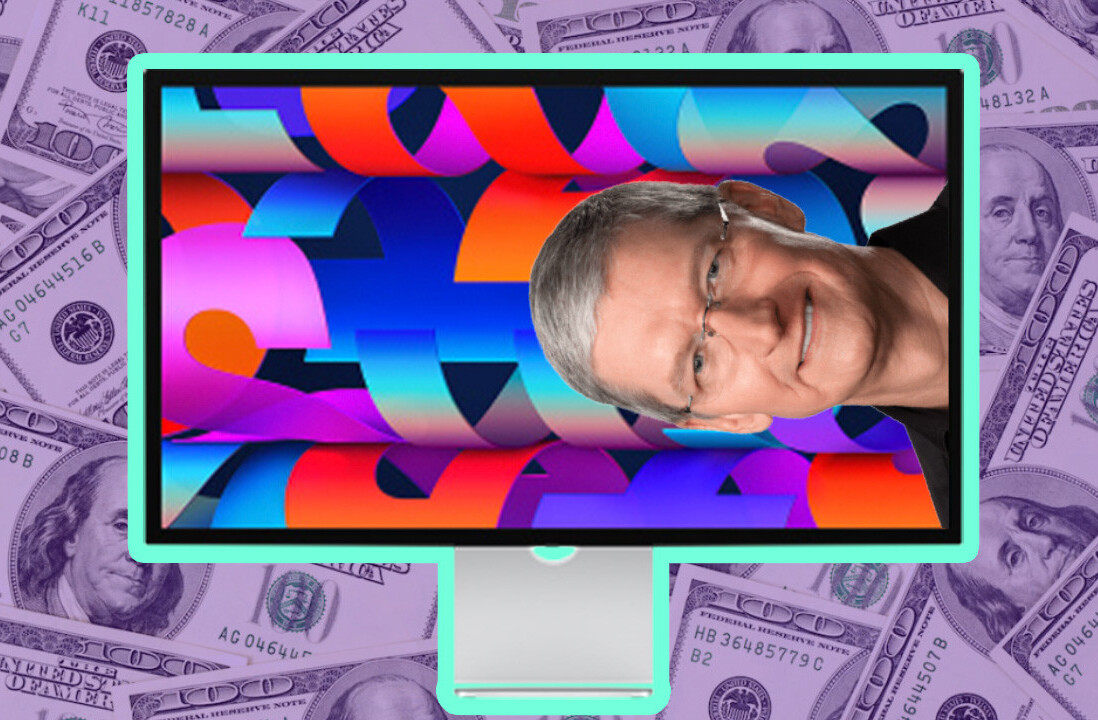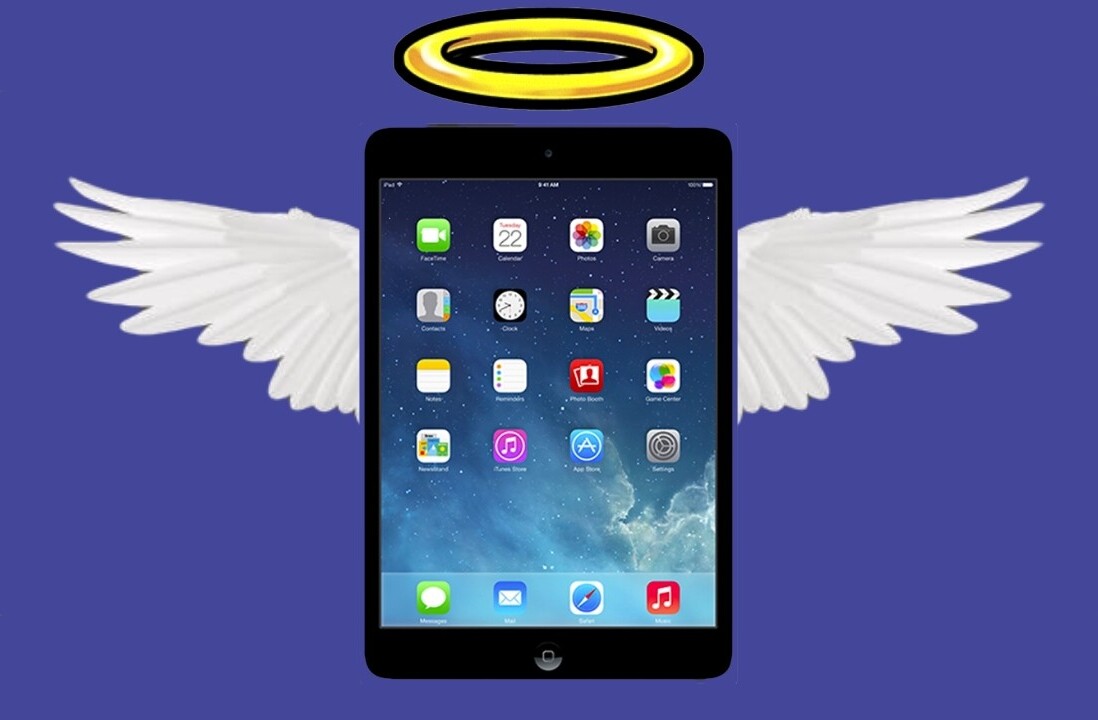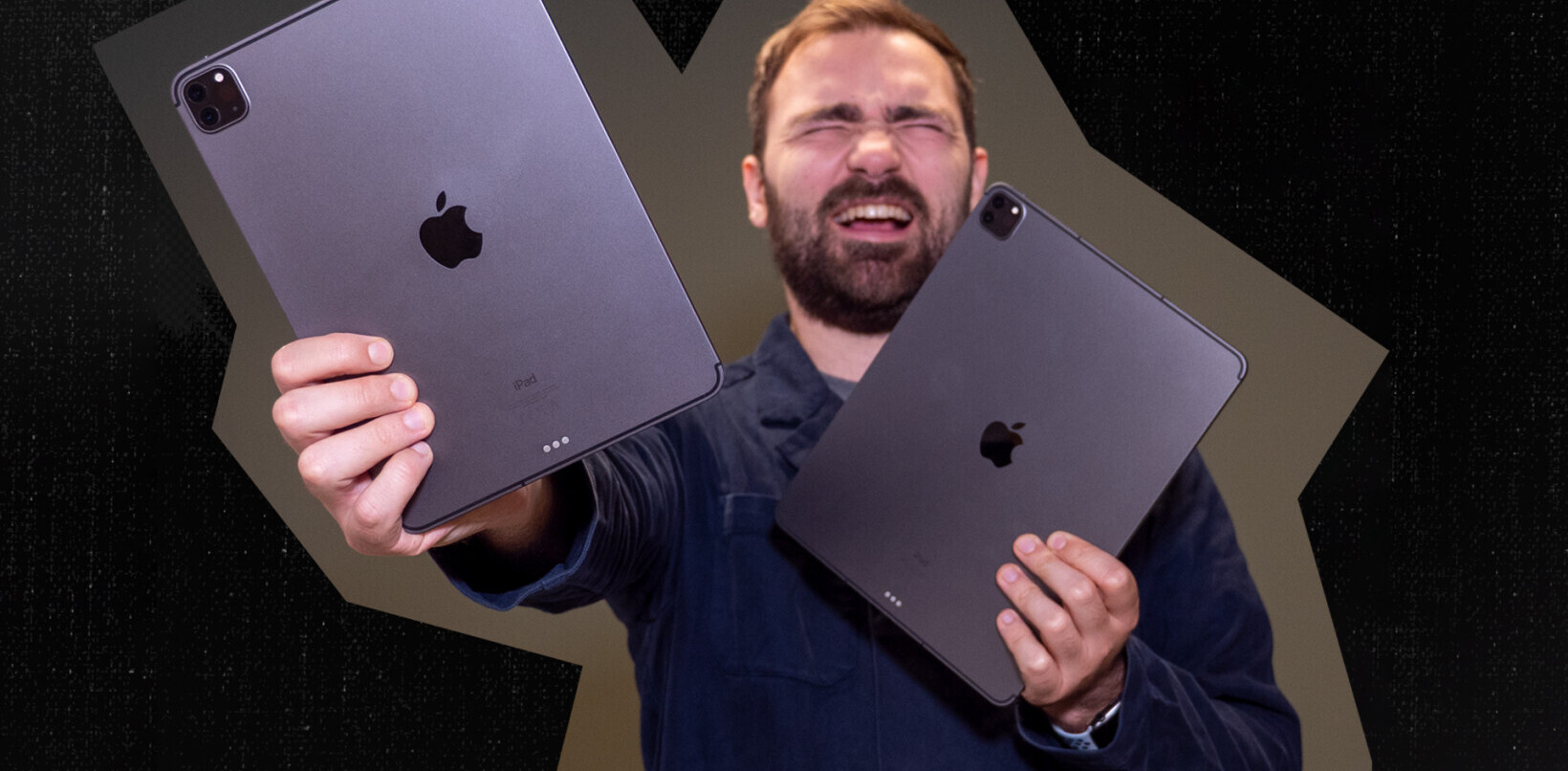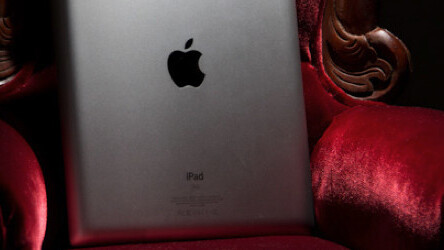
The iPad was announced in January of 2010 to a greek chorus of ‘meh‘s’ from a tech community that was expecting something incredible, something revolutionary, something…more. Cut to almost two years later and the iPad has not only succeeded but has dominated the category that it helped redefine.
Four major competing tablet manufacturers, along with countless other minor efforts, have failed to gain the traction needed to register as much more than a blip on the iPad’s radar. But what are the factors that have contributed to its dominance? Does it have a chance of continuing its dominance? And what about the recent spate of stories surrounding the iPad’s loss of market share to Android?
Shipments aren’t sales to customers
I love these stories about how Android shipments have ‘stolen’ market share from the iPad. The fact of the matter is that these measurements are all based on the shipment, not sale, of Android tablets.
The difference is an important one and one that is often ignored by the tech press that love headlines based around building up a brand as a ‘winner’ in a category and then introducing another brand that has a ‘killer’ destined to eat the other brand’s lunch.
It’s easy to see why these stories appear so often. Shipments of tablets, and other devices for that matter, are the most often-quoted figures that you see in articles that compare the ‘success’ of devices from different manufacturers. The reason that they’re most likely to be used is that the shipment figures are often provided readily by the companies involved, because they make the biggest splash.
A shipment of a device refers to the fact that the manufacturer of the product has shipped the devices out to resellers like your local electronics store or wireless retailer. It does not mean that those products have actually been sold to a customer. Motorola, Samsung and RIM, the three major manufacturers to release tablets that compete with the iPad, have only released shipment numbers for their tablets, not actual sales numbers.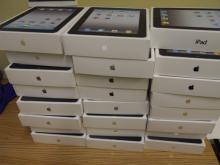
At last count, Motorola had shipped some 690,000 Xoom tablets, RIM had shipped 500,000 PlayBooks as of May and Samsung reported shipments of 2 million Galaxy Tabs but has since ceased reporting any shipment numbers for fear that it might affect its ability to compete. I’m leaving HP’s touchpad out of this because it hasn’t been out long enough to have any reporting.
The iPad has shipped 28.7 million iPads since April of 2010 and 9.25 million iPads in the last quarter alone. Then, during the latest earnings call Apple reported that it had sold “every iPad that it could make”. That means that Apple has sold easily over 30 million iPads by now. 30 million. That means that Apple has sold ten times as many iPads as the three biggest competing devices combined have shipped, which we’ve already established is a very generous way to represent device success.
The iPad is clearly dominating the category in a massive way. But what about the iPhone and the way that the Android platform has been able to carve out a growing majority of overall smartphone usage? Won’t the same thing eventually happen to the iPad as more Android tablets are introduced?
Tablets aren’t smartphones
You can’t compare tablets to smartphones. This goes for both people interested in estimating sales and the impact of the tablet on computing in general. People don’t use tablets in the same way that they use smartphones, for one. It’s been shown that people use tablets for gaming, reading and browsing in ways that replace their use of desktop computers, not phones. The smartphone market is driven by different needs than the tablet industry and anyone that uses smartphone market share to predict the way that the tablet race will be run isn’t looking at tablets the way that consumers do.
In a Neilsen survey from earlier this year it was shown that almost no respondents stopped using their smartphones after purchasing a tablet, while 3% completely stopped using their desktop computers and 32% reported that they were using their desktops much less. Consumers treat phones and tablets as separate entities, they look at them as different tools for different purposes.
You’re not going to be able to accurately predict the dominance of Android based on the smartphone numbers. Tablets are another device category entirely and have to be judged on their own merits.
The thought process that leads people to equate tablets and smartphones also makes them obsessed with the fact that Android phones have gained the majority market share they have by offering lower-priced devices on heavy subsidies.Heck, you can even get an Android smartphone free with your haircut now, this is something that isn’t going to be happening to the tablet market without serious concessions in build and quality.
There are also not nearly the subsidy deals flowing for tablets that give incentive to carriers to promote them and sell plans. Most tablets have a month-to-month data plan that the carriers will make money off of, but it’s an incredibly small amount when compared to the chunk that they will make from expensive text message and voice plans. This means that tablets live and die on their own merits and succeed based on raw sales and profit margins, with little benefit from special carrier deals.
This means that tablet manufacturers like Samsung, Motorola, RIM and now HP, must compete with Apple on the same battleground that PC manufacturers did in the 90’s, only now the rules have changed. Apple has planned so well for the future that for once it has not only a great product, running solid software, but also the luxury of being unbeatable on price.
I’ll give you 336 reasons
In addition to its price advantage, Apple has the luxury of being able to push its tablet out through its own Apple Store retail channel. This adds an extra few points of margin to every iPad sold that doesn’t have to have another slice taken off by an outside retailer. It also gives people a psychologically positive environment in which to pick up and play with an iPad.
The mostly enthusiastic and knowledgable staff at Apple Retail Stores and the clean, well designed atmosphere are a far cry from the experience that most people will have when trying out an Android, QNX or WebOS tablet for the first time. Compare handling an iPad in a sparse, focused and futuristic feeling Apple store versus trying out a greasy bashed up Galaxy Tab on a tether in a Best Buy with no sales people anywhere in sight. No comparison.
A tablet may not be as hard of a sell now as it was two years ago, but it’s definitely still a product that many people need help justifying the purchase of. Having evangelized the tablet platform since day one, I can tell you that there is no substitute for a few quality minutes of hands-on time to convince Moms, grandparents and other skeptics that a responsive, well-designed tablet does have its benefits over a laptop.
First impressions are incredibly important, especially for a device that is defining a new class of product entirely. Apple’s 336 Retail Stores gave customers a fantastic first impression of the iPad and continue to allow Apple to sell the iPad at better margins, without having to make deals that cut into its profit.
Profit
The iPad generated $9.566 billion in revenue in 2010, out of an estimated total of $9.6 billion spent on tablets last year. That means that the rest of the tablet industry generated just $34 million. That figure includes all other tablets that aren’t iPads. This disparity emphasizes the raw sales differential between the iPad and other tablets, but there is another metric that is far more important than market share: Profit.
Although market share is easy to quote, it only answers the question of who has 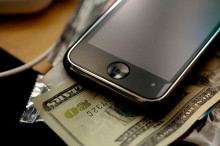
This is a momentous change for those of us who have followed the history of Apple as a company, because it’s a marked difference from years gone by where it was easy to say that an iMac was a gorgeous machine, sure and yes, it was built out of great materials and ran a great OS, but look at that price! The conventional wisdom was that Apple computers were more expensive because they featured a tax that was levied on the purchaser due to over-engineering and too much focus on design.
Those assumptions were largely wrong, but, like it or not, they’ve dominated talk about the company for the better part of its history. Well, it turns out that, although Apple felt it had the best computers out there and was pricing them accordingly, it was also building a bankroll and a manufacturing philosophy that would allow it to keep its 30% profit margin, while maintaining its more expensive and higher quality process.
This has resulted in the iPad having the unique position of being not only dominant in market share and product quality, but also profit. It’s a fitting testament to the success of Apple’s strategy over the last ten years.
Manufacturing
This profitability has come from a unique stance taken by Apple in that it takes an incredibly active part in the manufacturing processes and pipelines. This allows it to use its enormous bank of capital to literally push technology ahead of its normal timeline.
When a new technology is emerging on the market, you often see it appear in many devices at once. This is a pattern that has repeated itself in many consumer products like televisions, where you often see new display technologies like LCD or LED appear almost simultaneously across several manufacturers. This is largely because it takes an immense amount of investment to create and perfect new tech.
Therefore any manufacturer who puts the money into building the infrastructure to produce a new bit of technology reliably has a huge pile of cash to recoup and will attempt to do so by offering the technology to anyone who will pay.
Apple has reversed this process and instead of waiting for new technology to become available to all of its competitors, has accelerated the process by paying for manufacturers to construct factories, purchase machines, train employees and perfect the process. It takes its repayment in the form of exclusive access to the tech for a given period of time and a discount on purchases for a period of time after that.
This makes it possible for Apple to have exclusive access to groundbreaking technology at bargain prices, contributing to the products being not only more advanced, but also cheaper to make. In doing this, Apple has effectively figured out the ??? in their very own profit meme.
- Pay someone to manufacture crazy new technology for you
- Get new stuff no one has ever seen
- Get huge discounts on that stuff, even when competitors finally have access
- Profit
The bits of technology that allow them to make more responsive touch screens, brighter displays, thinner devices, single-piece aluminum bodies and whatever other factors that differentiate Apple products are also the exact same bits that allow them to make products with a bigger profit margin.
Customers will buy products that look and feel more advanced and easier to use, and as they do, Apple reaps bigger rewards than any of its competitors because of its built-in cost advantage. It’s an epic one-two punch.
Gleaming talons of software
While I don’t think that it’s a primary driver of adoption for the iPad, you definitely can’t discount the network effect as a major factor in customer retention. If people own an iPhone or iPod touch, they have an average of $100 worth of songs, apps and more, all residing happily inside Apple’s ecosystem.
Once those software claws dig in, it becomes exponentially easier for people to justify the purchase of an iPad over a competing tablet. The 
The App Store’s successes are based on having a carefully trimmed and clipped selection of software available that leaves people more likely to purchase it. Even those who would be wary of downloading and installing a program from the internet will happily download app after app because they have confidence that they won’t be harmed by what they get.
And every app or TV show that they download causes the talons to dig a bit deeper, making it less likely that their next tablet will be anything but an iPad.
Make it work
One factor that can’t be discounted is the fact that competing tablet OSs seem to be having a very hard time delivering the same user experience as the iPad. I’ve talked before about the touch responsiveness of the iPad’s UI and how other tablets are having a hard time reproducing it.
It has taken what seems like an abnormally long time for other tablets to catch up to the sheer responsiveness and immediacy of the iPad’s OS. That failure is easier to understand when you look at it with the perspective of a 27-year veteran platform developer like Apple going up against comparatively younger operating systems with a long way to go.
At some point, though, there will be a turning point. The other tablet operating systems will catch up to our fingers and start delivering immediate touch response, just like iOS. This is when we will start to see tablets that truly compare to what the iPad 2 offers us now.
Unfortunately, Apple has already moved beyond the iPad 2 and is now crafting its next generation of tablet while its competitors are just introducing their first. It’s an uphill battle for the challengers and one that Apple doesn’t aim to make any easier in the years to come.
Some tablets, like the BlackBerry PlayBook, have excellent and very fluid touch response, but then fumble the delivery of a cohesive OS and must-have features like built-in email. Most Android tablets, however, still suffer from major framerate drops during simple animations and a slightly laggy touch experience that leaves users swiping and stabbing at things more times than they should have to.

The Samsung Galaxy Tab 10.1 is a prime example of a tablet that is more powerful than the iPad, sports a very pleasing design that is more suited for movie watching and lighter overall, and generally feels like quality. But then you start using it and Honeycomb just doesn’t deliver. Even the newest updates still feel chunky and poorly coded. You’ll get great performance on the main page-switching interface, then be frustrated once you start scrolling through lists of apps or attempting to zoom a web page.
Modern multitouch UI is almost 5 years old at this point and yet Apple is the only company getting the responsiveness and experience right, it’s baffling, but it can’t be overlooked as a major factor that continues to help the iPad dominate.
You can talk specifications and graphics chips, but when customers actually try the iPad, that sticky 1:1 performance of the touch screen enhances the iPad’s natural UI and continues to make it the gold standard.
The future? Dominance, iPod style.
These factors, when taken together, paint a picture that makes it easy to see why the iPad arrived in unique form to capture a dominating majority of the market. This dominance doesn’t look like it’s going anywhere soon either, as other manufacturers struggle to find a way to compete in the iPad’s category.
The longevity of such a lead is always open to disruption, of course, a trojan horse contender could upset the grip that Apple has on the consumer consciousness with the iPad, but it would have to be the complete package. Intensely great hardware, solid software that is attractive to developers and a profit margin that allows them to compete on price.
If you want to get an idea of what the future of the iPad’s market share dominance might look like, you need to look to another product where Apple was able to lead on user experience, hardware prowess and software ecosystem, the iPod.
The iPod is an example of a product that came onto a scene full of clunky and poorly designed products and captured an intense amount of mindshare right up front that it never really lost. The iPod’s 10-year long tail has yet to flame out, although it is the only Apple product line showing declines.
This means that, given the similarities in its positioning, along with the improvements Apple has made to its production pipeline, the iPad could easily follow suit and dominate the tablet market for the better part of the next decade.
Get the TNW newsletter
Get the most important tech news in your inbox each week.
